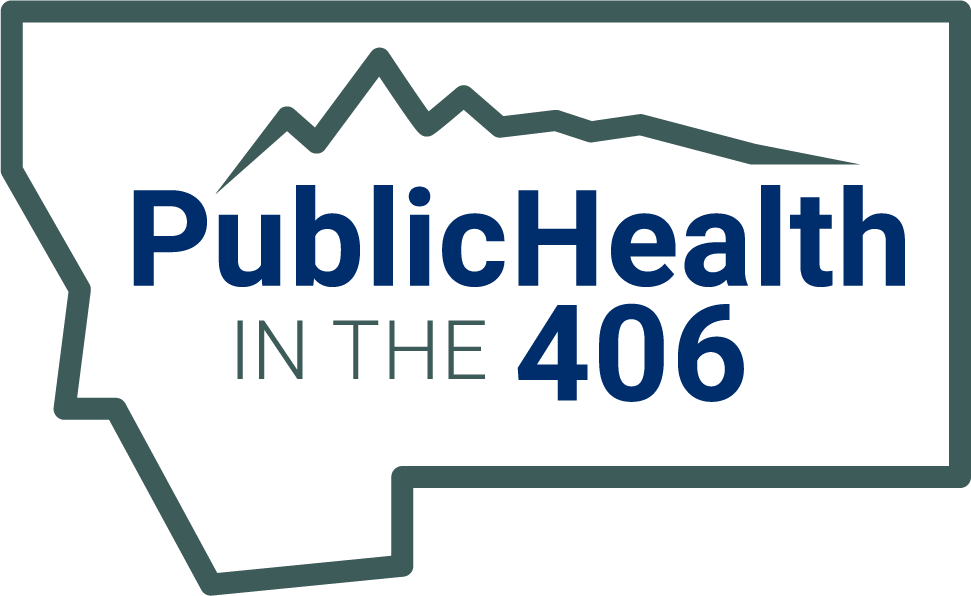Water
Drinking Water
Where does your water come from?
If your facility is on a private well, we recommend that you ensure you are providing clean water by having your well water tested for contaminants (including those that are naturally occurring, e.g., arsenic, manganese, etc.) at various times throughout the year.
- If your water supply system has at least 15 service connections or regularly serves at least 25 persons daily for any 60 or more days in a calendar year you meet the appropriate rules that require your water to have Public Water Supply certification.
- There are also other considerations (please review the Public Water Supply bullet below).
- Click here for information about DPHHS’ free well water testing for childcare providers.
Resources
If you are on a public water supply, your water supplier is obligated to follow regulations for clean water. However, there are other considerations that may result in harmful exposures.
- For example, if your building or infrastructure is decades old, there is a greater chance that faucets, fixtures, and service lines may leech lead, copper, or other contaminants into your drinking water.
- We recommend that you test your drinking water for contaminants, particularly lead, especially if your building is older.
Special Considerations for Schools and Childcare Facilities
- DEQ’s Lead in School Drinking Water Program
- 3Ts for Reducing Lead in Drinking Water Toolkit (EPA)
- Ensuring Drinking Water Quality in Schools During and After Extended Closures (EPA)
Additional Drinking Water Resources
- Information on getting your water tested
- National Primary Drinking Water Regulations spreadsheet
- Montana DEQ Drinking Water Page
- Water Quality Interpretation Tool
- Drinking Water Contaminant Human Health Effects Information
Ground Water
The U.S. Geological Survey (USGS), in cooperation with Jefferson County and the Jefferson Valley Conservation District, sampled groundwater in southwestern Montana to understand the locations and concentrations of naturally occurring radioactive elements that are of human health concern, including uranium, radon, radium, and polonium. Researchers collected 168 samples from 128 wells within Broadwater, Deer Lodge, Jefferson, Lewis and Clark, Madison, Powell, and Silver Bow Counties from 2007 through 2010. Most wells were used for domestic purposes and were primary sources of drinking water for individual households.
Analysis of the data showed that nearly 41% of sampled wells had at least one radioactive substance with a concentration greater than the Environmental Protection Agency's (EPA’s) drinking water standard or screening level. These higher concentrations occurred in five of the six generalized geologic units in the USGS study area, with exceedances seen most frequently in well water sampled from the granite rocks of the Boulder batholith. To see specific groundwater results, locations, and maps, follow the link provided above to the USGS study report.
Some wells from the USGS study also contained arsenic concentrations above the EPA standard for human health. For more information on statewide arsenic levels refer to the statewide arsenic map below.
Water Consumption and Recreation
As you enjoy the beautiful water bodies in Montana, it is important to understand how the water you boat, fish, swim, and play in may affect your health.


